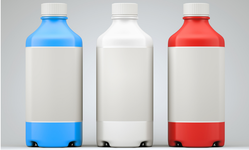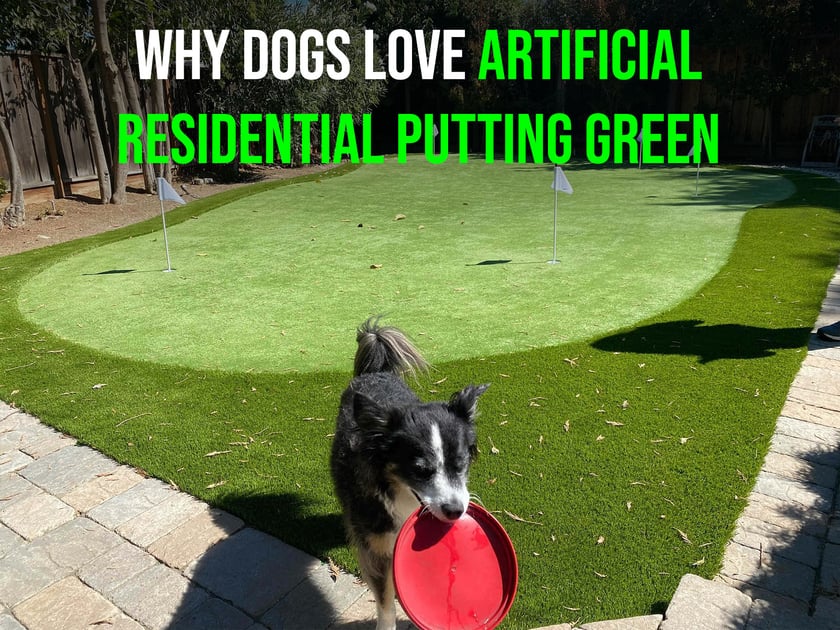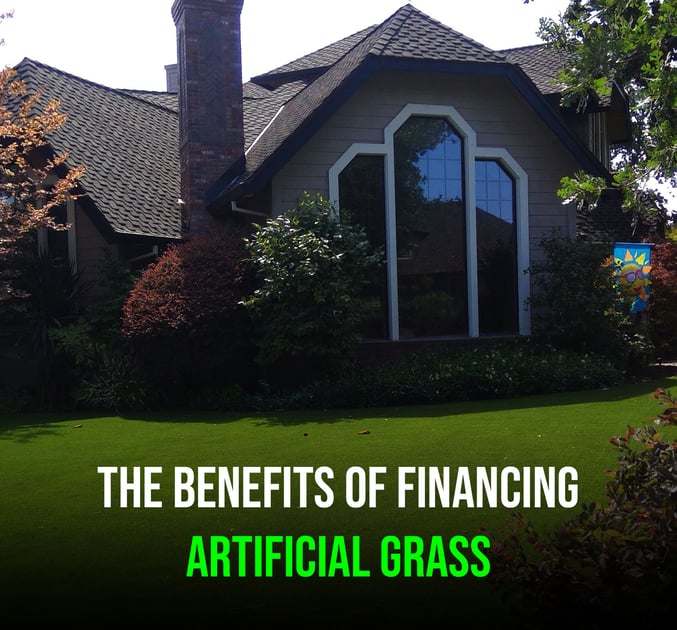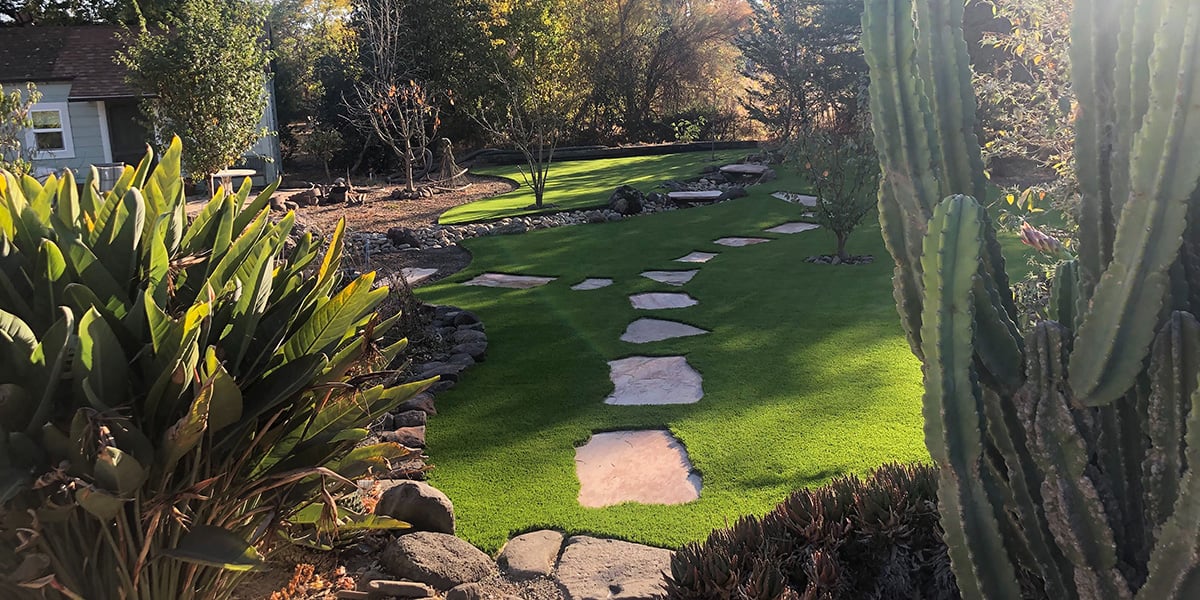
Artificial turf offers a variety of benefits, but homeowners often have concerns about the materials that are used during the manufacturing process. Synthetic grass is made from several different types of materials ranging from nylon fibers to crumb rubber. Because of their synthetic nature, questions often arise as to the safety of the chemicals and components used in their construction.
Latex
Some types of artificial turf contain latex as one of the ingredients. For individuals who have a latex allergy, being on or near synthetic turf or grass can pose a problem. To reduce a person's exposure to the grass, the best suggestion is to not touch with bare skin. Unless the turf is severely degraded or worn, there will be little in the way of dust that can become airborne and ingested through the mouth and nose. If you are looking into having artificial grass installed at your home, talk to the company before you purchase it to determine how much latex the product contains and whether or not it will increase your risk of a reaction.
Crumb Rubber
Crumb rubber is used to build the foundation that is put in place to support the synthetic turf. Studies performed by both the Public Health agencies in the United States and the Norwegian Institute of Public Health have determined that prolonged exposure to artificial turf that is made with crumb rubber carries a low risk of hazard when it comes to chemical exposure. There has been few reports made over the last few decades of serious illness being caused by an over exposure to crumb rubber from playgrounds or artificial turf.
The only concern is where the crumb rubber comes from:
- Old tires
- Rubber bushings
- Rubber braces and supports
Tires that are used to create crumb rubber at one time were thought to contain large amounts of contaminants from car exhaust and other types of chemical exposure. This has never been proven and it is doubtful that there is enough residue contained in the rubber pellets and granules to do any lasting damage.
Lead
There are a few types of artificial turf that contain small quantities of lead. While most manufacturers in the United States have started to avoid the use of lead based products in the construction of their synthetic grass and lawn care products, some types still contain modest amounts. The best way to avoid lead exposure, especially where children are concerned, is to talk to the company selling the turf. They will be able to tell you how much lead, if any, is included in their product. If you don't get the answers you are looking for, call the manufacturer directly. Customer service representatives will be able to answer your questions about the amount of lead in the product as well as give you sound advice on what to do if you believe someone has been exposed to high levels of lead. The most common advice is to immediately seek medical attention.
Most synthetic and artificial turf products are made according to the highest standards available. They must also comply with federal standards as to what types of materials and chemicals can be used. If the level a specific chemical or compound, such as lead, is found in a particular product, environmental agencies will begin to take the necessary steps to get the process shut down until safer compounds can be found and put in place of the toxic ones. Artificial turf that is several years old may not comply with the standards that have been put in place today. It may be a good idea to have the grass evaluated and subsequently replaced if high levels of toxic materials were used when it was manufactured.












